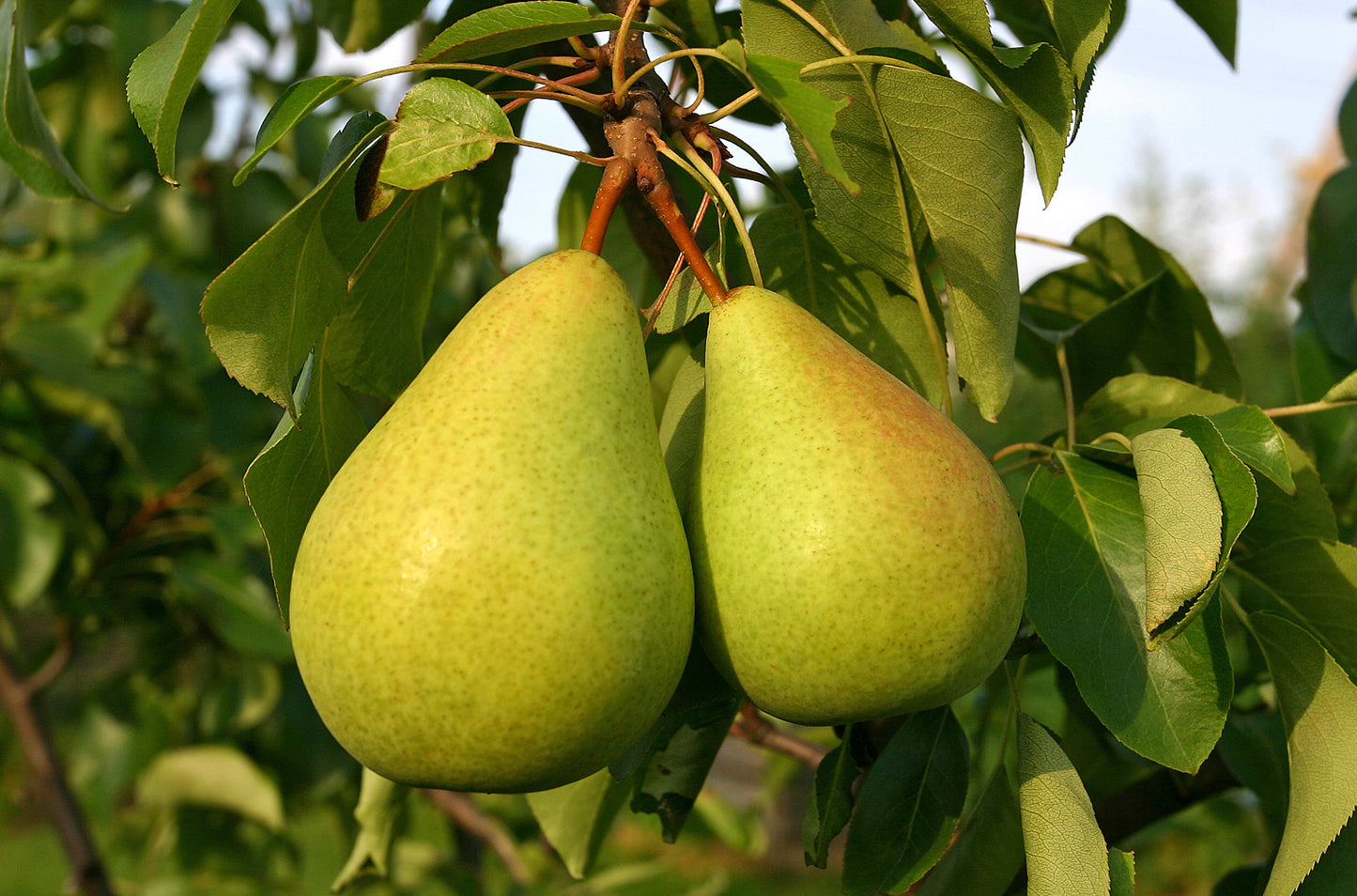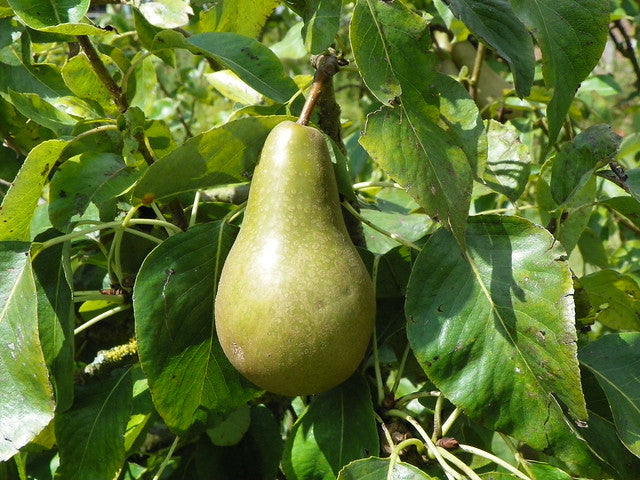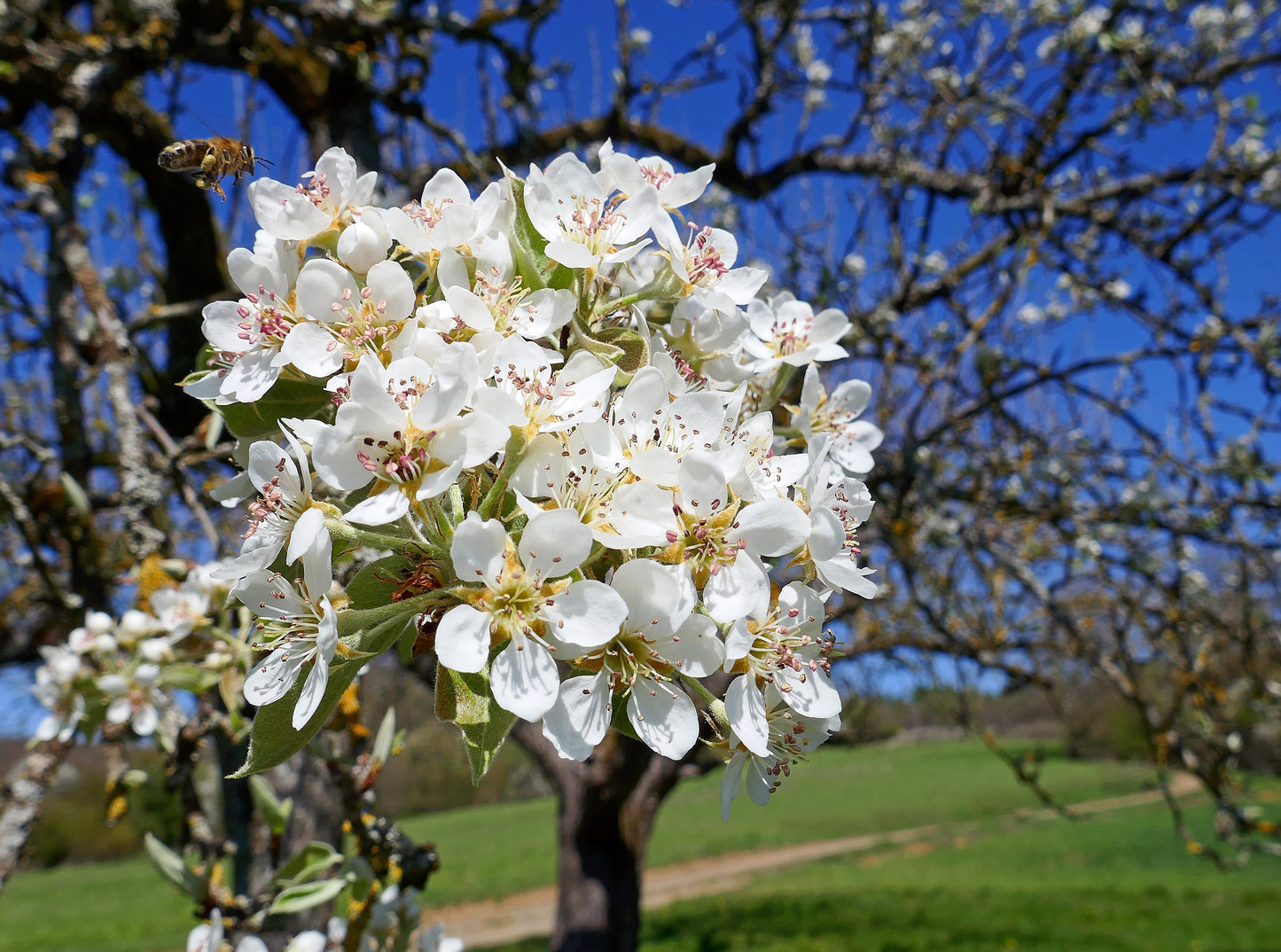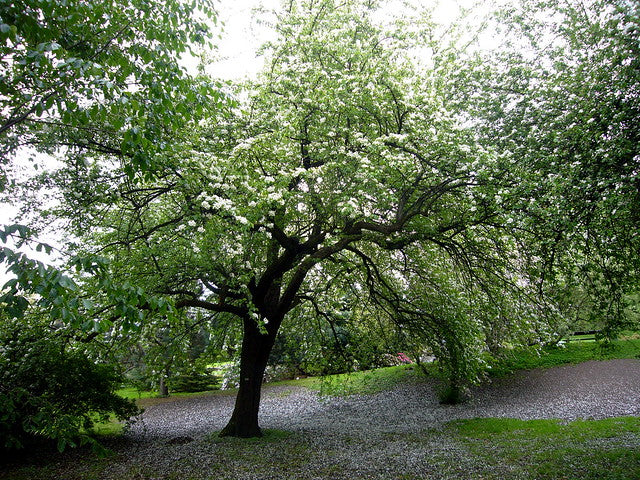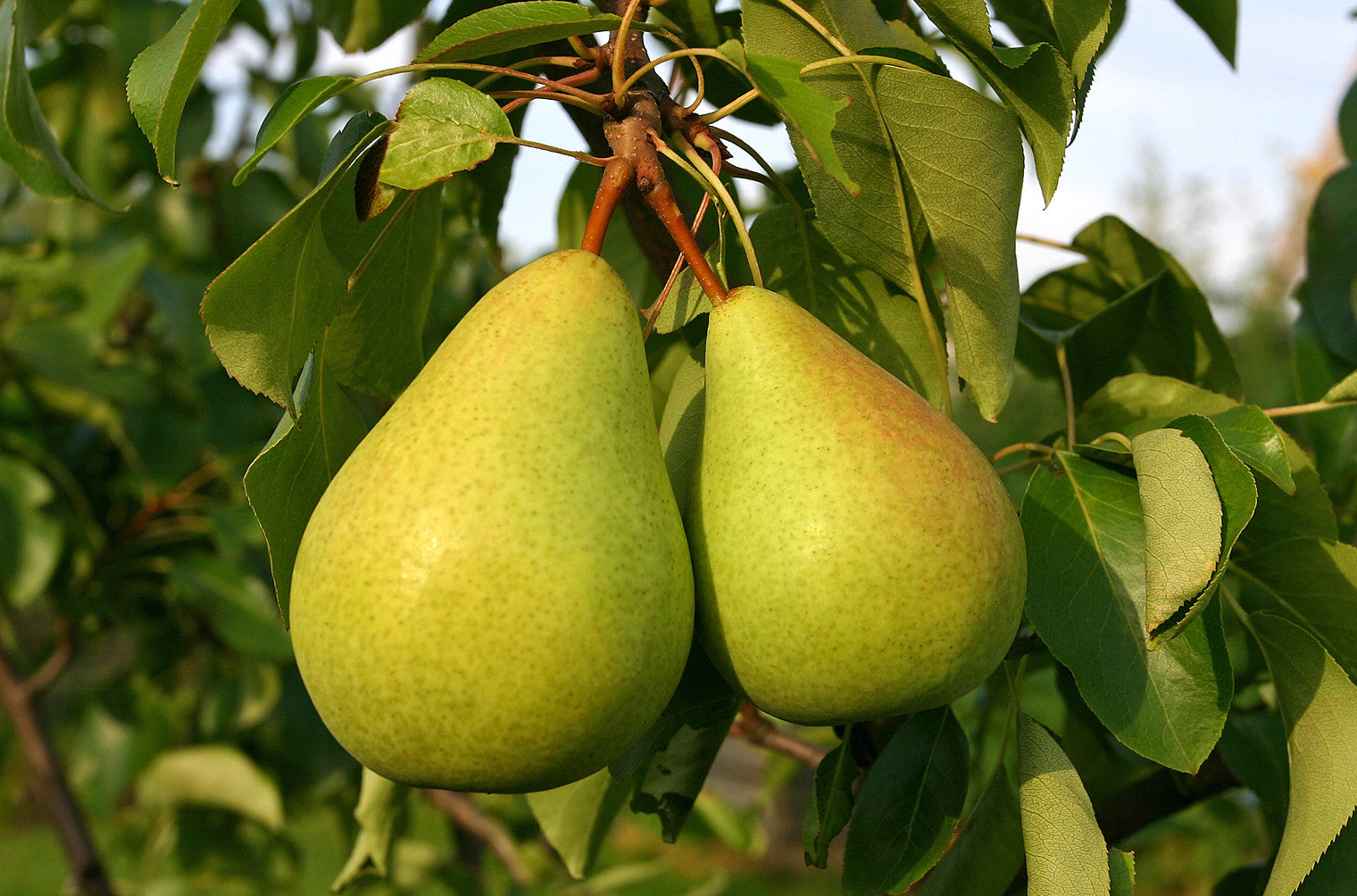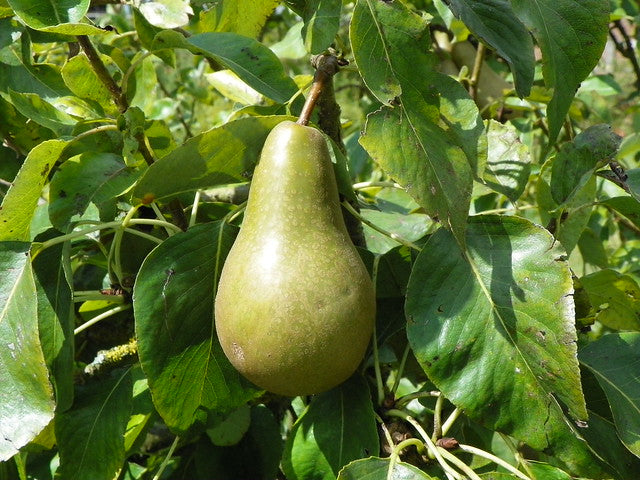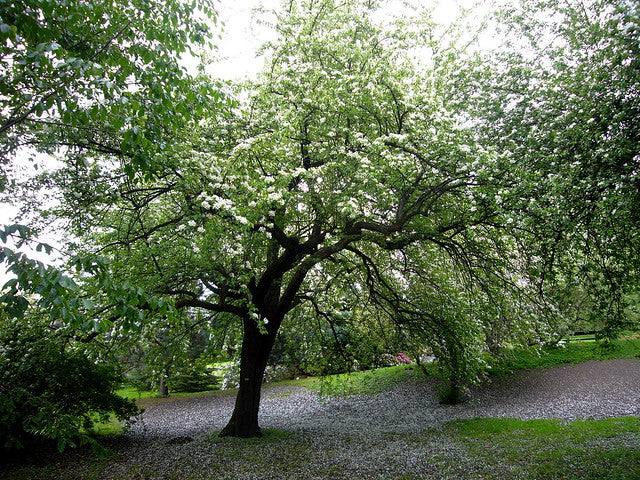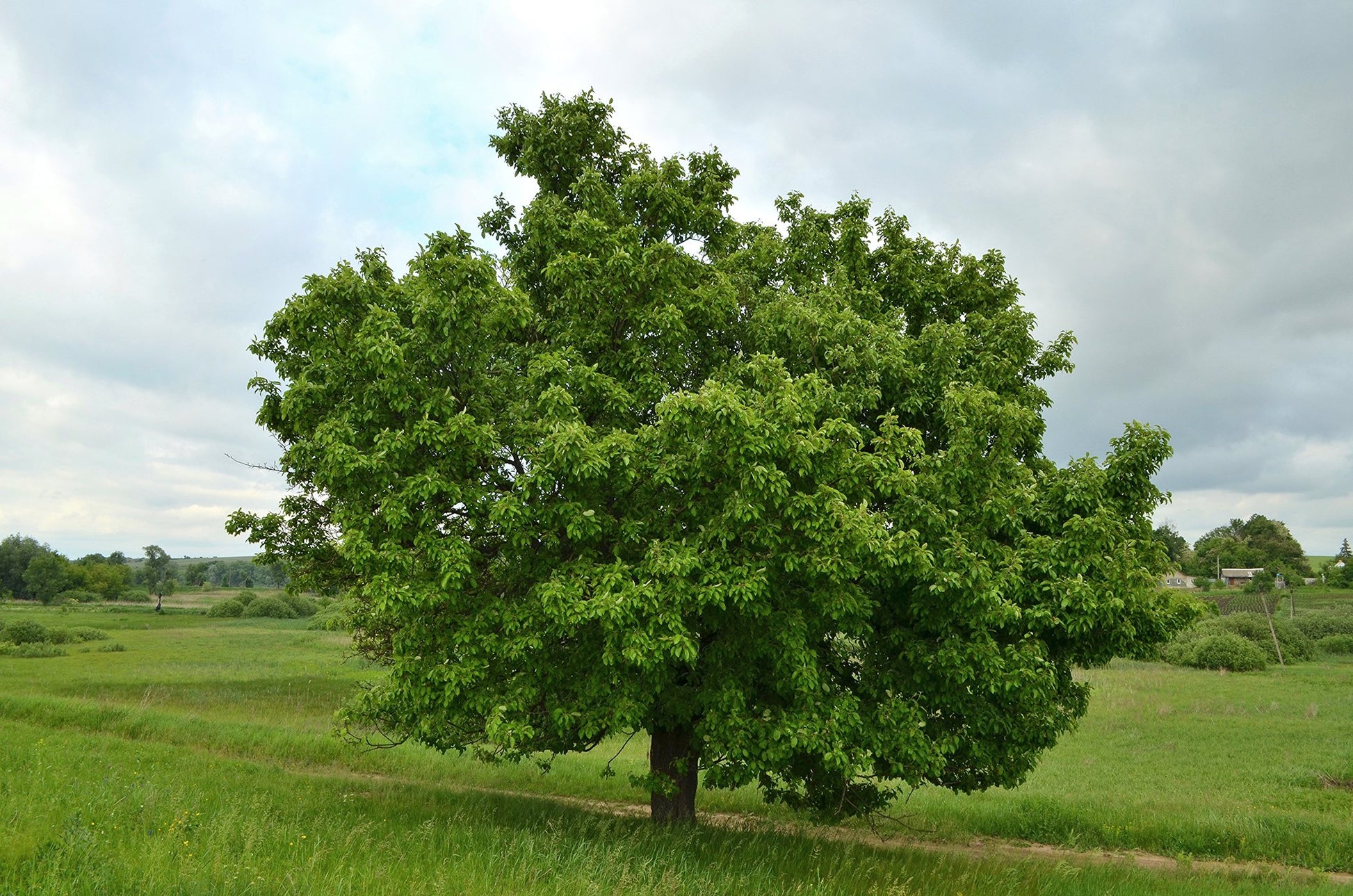Floridaseeds
European Pear Pyrus communis 100 Seeds USA Company
European Pear Pyrus communis 100 Seeds USA Company
Couldn't load pickup availability
Pyrus communis is the scientific name for the European pear, also known as the common pear or the pear tree. It is a species of pear native to central and eastern Europe and southwest Asia.
The European pear is a deciduous tree that typically reaches heights of 5 to 20 meters (16 to 66 feet). It has oval-shaped leaves with serrated edges and produces white flowers in spring. The fruit of Pyrus communis is known for its characteristic pear shape, with a narrow neck and rounded base. It comes in various colors, including green, yellow, and red, depending on the variety.
European pears are widely cultivated for their edible fruit, which can be eaten fresh, dried, or used in cooking and baking. They are rich in dietary fiber, vitamins, and minerals, making them a nutritious addition to the diet. Some popular cultivars of Pyrus communis include Bartlett, Anjou, Bosc, and Comice.
In addition to its culinary uses, the European pear tree is also valued for its ornamental qualities, particularly its profusion of spring blossoms. It is often planted in gardens, orchards, and parks for its aesthetic appeal and its ability to attract pollinators such as bees and butterflies. Hardy in zones 5-8.
Growing Instructions for the European Pear
The seeds have a period of dormancy. They can be planted outdoors in the fall or winter for spring germination or they can be cold stratified to simulate winter conditions and to break their dormancy at any time of the year. 1. Soak the seeds in water for 24 hours. 2. Put the seeds in a ziplock bag. 3. Put the bag in the refrigerator and leave it there for 4 months. 4. The seeds like moist, well-drained soil. Use a sterile seed starter mix, if available. It prevents soil fungi from damaging the seeds and the seedlings. If not available, then make a mixture of half potting soil and half sand, perlite or vermiculite. 5. Put the soil in a pot. 6. Sow the seeds on the soil. 7. Cover the seeds with a layer of soil. 8. Water the soil so that it is moist but not wet. The seeds should start to germinate in 1 to 2 weeks. 9. When the seedlings are 1-2 years old, they can be transplanted.
Materials
Materials
Shipping & Returns
Shipping & Returns
Dimensions
Dimensions
Care Instructions
Care Instructions
Share
